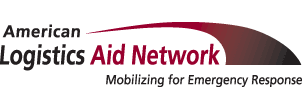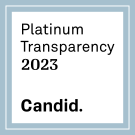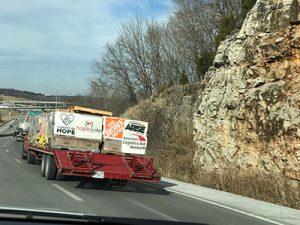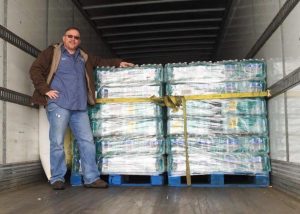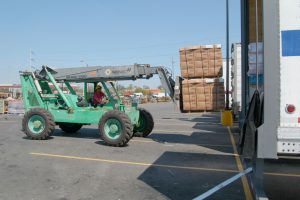I’m writing this on the eve of hurricane season 2018, listening to rain from the remnants of Subtropical Storm Alberto pound on the roof of my building and feeling a bit like Bill Murray’s character from Groundhog Day.
It is a surreal feeling to be starting this cycle all over again, because it feels like we’ve barely had a chance to catch our breath from 2017, when there were 16 separate billion-dollar disaster events in the U.S. alone. It’s also a daunting one, because in some cases, we are still dealing with the fallout. For example, here at ALAN we continue to support organizations that are responding to Hurricane Maria, and we know that our work along these lines will last for quite some time.
So as I look ahead to the coming months and consider the likelihood that we will once again face frequent disruptive events, I’m also looking back and trying to figure out how we can best apply the many lessons we learned from last year’s calamities.
In particular, I’m wondering: How can we as a community at the intersection of supply chain, emergency management and humanitarian operations have the most impact for disaster-prone communities? And how can we do this before, during and after devastating events occur?
Over the coming weeks, I’ll share my musings. But I’m even more interested in getting your take on things.
So let’s start a conversation. I’d love to hear how you’re preparing your homes, organizations and communities to withstand disruptions. Just as important, I’d love to know how you think organizations like ALAN can make even more of a positive difference going forward.
